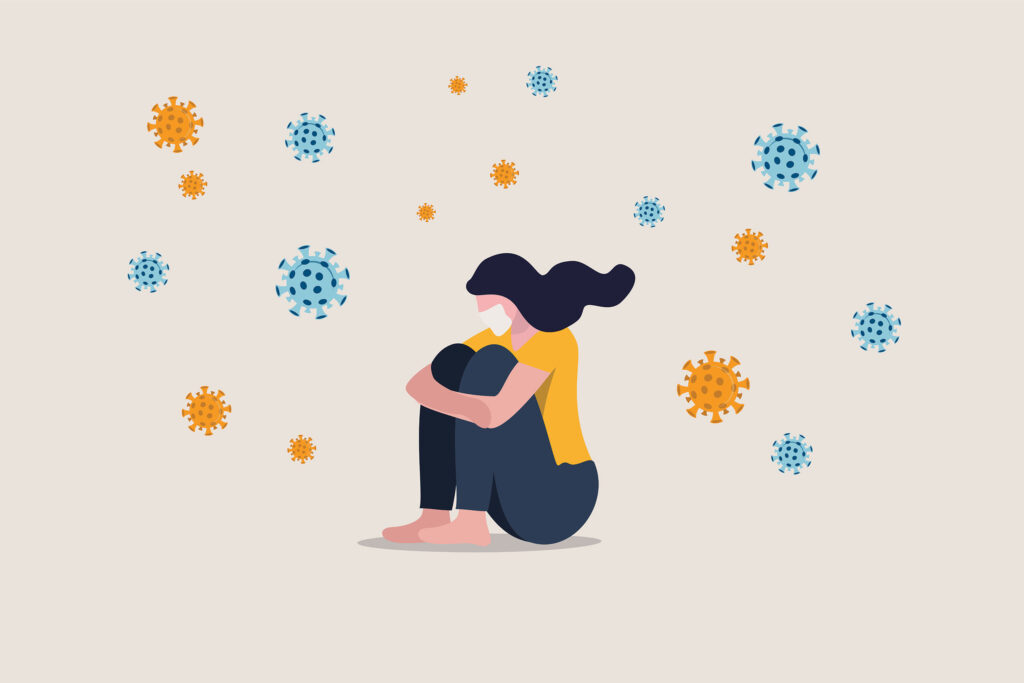In March 2020, COVID-19 brought illness, lockdowns, and economic turmoil worldwide. Studies from March–April 2020 reported increased psychological distress, especially among younger (vs. older) adults. Here, we examine whether age differences persisted in a 29-wave longitudinal survey conducted with an American national life-span sample over the first 16 months of the pandemic. Socio-emotional selectivity theory (SST) predicts that older age will be consistently associated with lower psychological distress due to life-span changes in motivation, while the strength and vulnerability integration model (SAVI) posits that age differences in psychological distress will diminish under prolonged stress. We find that younger adults consistently reported more psychological distress than older adults, though age differences did decrease over time. Prior diagnosis with anxiety or depression additionally predicted greater psychological distress throughout the study, but did not moderate age differences. We discuss implications for psychological theories of aging and interventions to reduce psychological distress.
The full study can be viewed at Frontiers in Psychology.
Best, R., Strough, J., & de Bruin, W. B. (2023). Age differences in psychological distress during the COVID-19 pandemic: March 2020–June 2021. Frontiers in Psychology, 14.
